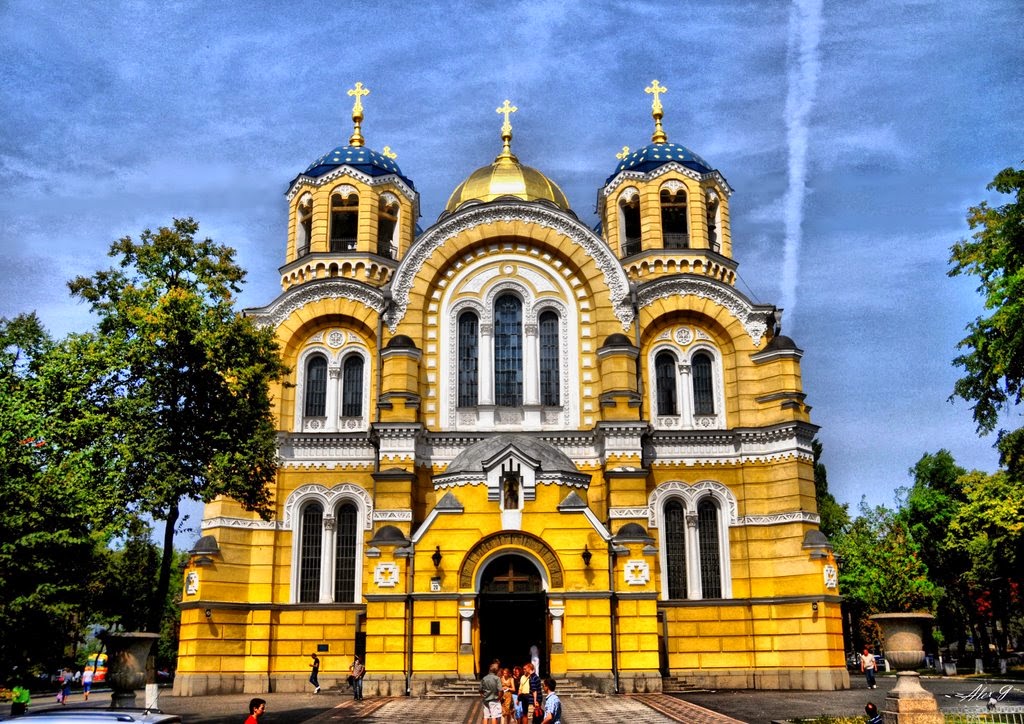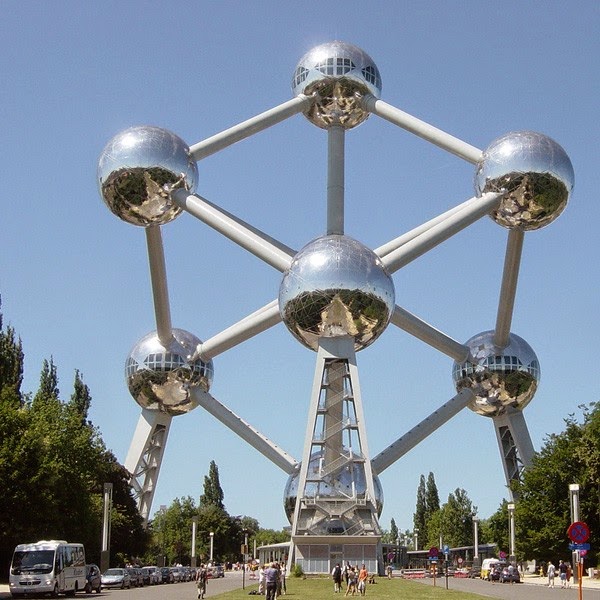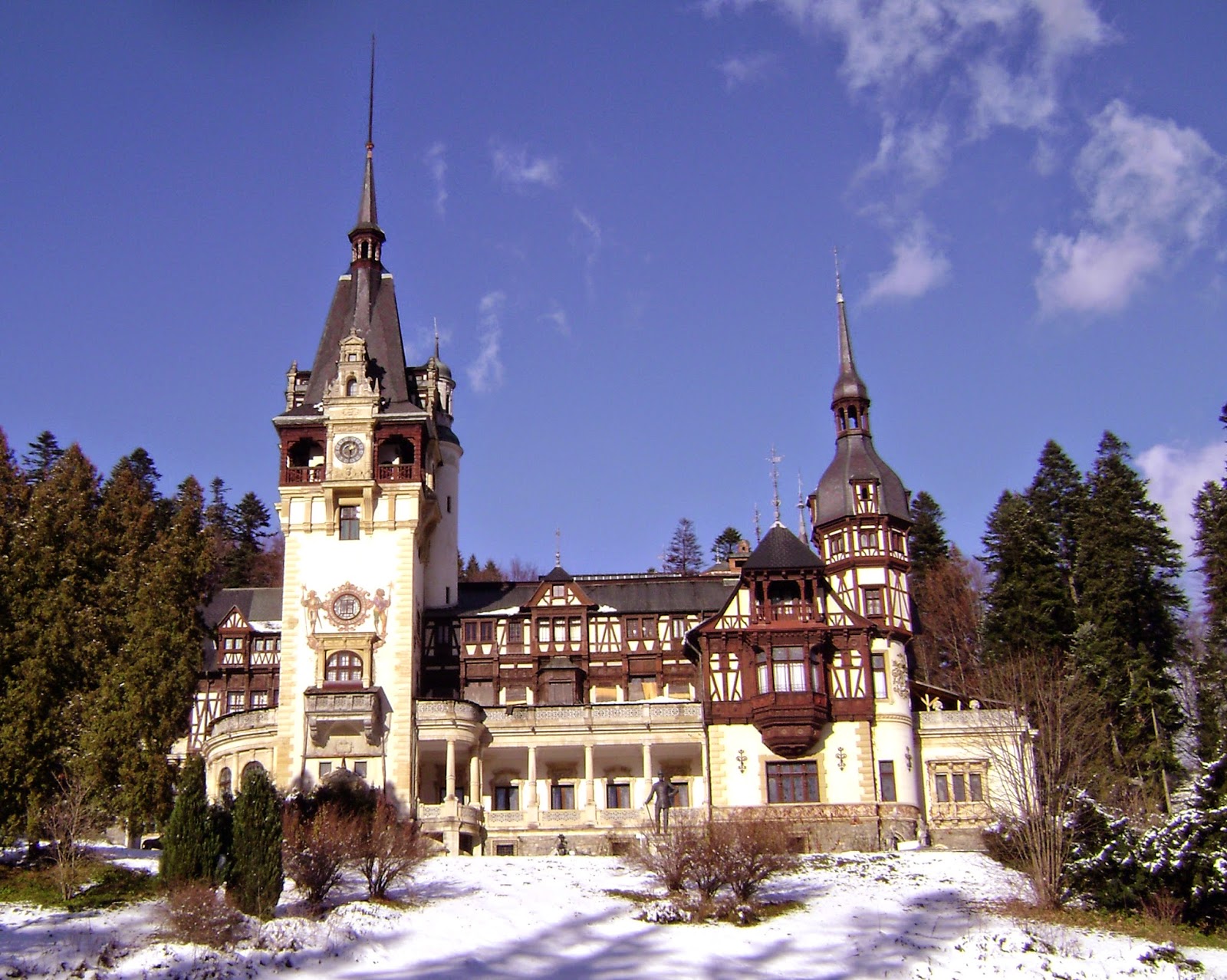,
Ukraine is a former Soviet country located in Eastern Europe. In Slavic languages, Ukrainian means "border area". Ukraine is bordered by Russia to the northeast; Belarus to the north; Poland, Slovakia and Hungary to the west; Romania and Moldova to the southwest; and the Black Sea and Sea of Azov to the south. The capital and largest city in Ukraine is Kiev (Kyiv).
Ukraine has few mountainous regions. Only 5 percent of the territory of Ukraine form mountains. Mountains are in the western part of the mountains and on Crimean peninsula Karpatian. Most of the lowland territory of Ukraine form.
Ukraine has tourist places of interest to visit. One of them is the Crimea. Crimea is the unity of regions in which there are mountains and surrounded by ocean. Having a view of the mountains and the beautiful ocean. But unfortunately this area of conflict in 2014 and taken over by the Russian power. In Crimea there is Mount Eclizee-Burun, Chersonesos Ancient Greek Ruins, Mount Mithridat and others.
Other tourist attractions are Sofiyivsky Park. That is a botanical garden located in Uman, Ukraine Central. Over 2000 more types of flowers are in this park. Park found Szczesny Stanisław Potocki in 1796 is a tourist attraction both local and foreign. Approximately 500,000 visitors come every year and following is a tourist
Ukraine has few mountainous regions. Only 5 percent of the territory of Ukraine form mountains. Mountains are in the western part of the mountains and on Crimean peninsula Karpatian. Most of the lowland territory of Ukraine form.
Ukraine has tourist places of interest to visit. One of them is the Crimea. Crimea is the unity of regions in which there are mountains and surrounded by ocean. Having a view of the mountains and the beautiful ocean. But unfortunately this area of conflict in 2014 and taken over by the Russian power. In Crimea there is Mount Eclizee-Burun, Chersonesos Ancient Greek Ruins, Mount Mithridat and others.
Other tourist attractions are Sofiyivsky Park. That is a botanical garden located in Uman, Ukraine Central. Over 2000 more types of flowers are in this park. Park found Szczesny Stanisław Potocki in 1796 is a tourist attraction both local and foreign. Approximately 500,000 visitors come every year and following is a tourist




















